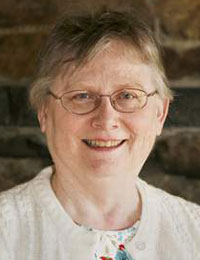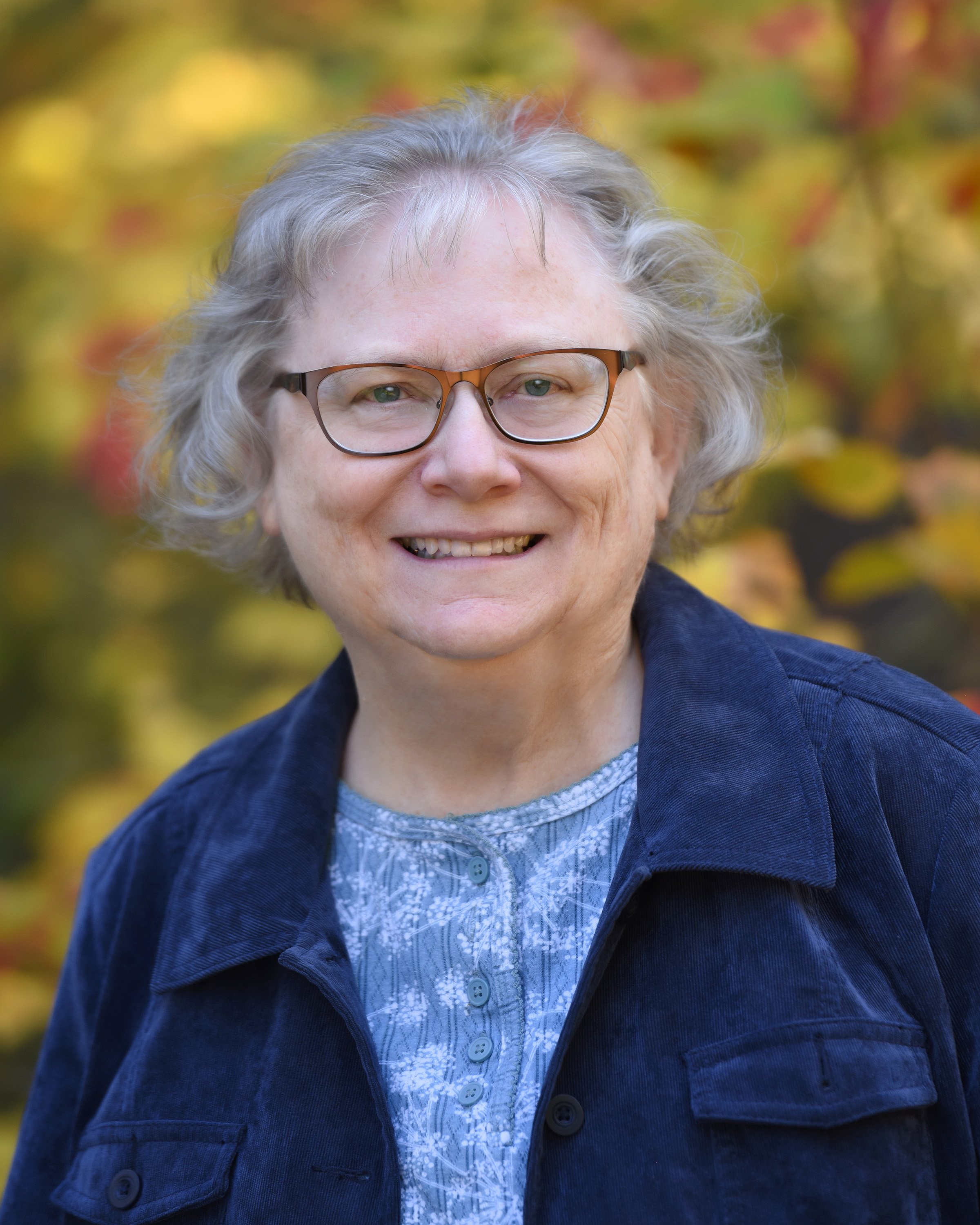 I have been diddling with the sketch for Samuel Green of Boston for over a year and I’m still confused. Samuel2 Green, son of Bartholomew1 Green, was of the famous family of printers who operated the only printing press in the English colonies until 1665, and over Samuel’s fifty-year career his press printed 190 imprints, including the John Eliot “Indian” Bible. Samuel became the progenitor of a dynasty of printers that lasted 190 years and six generations. One would think the records for this family would be plentiful and accurate, right?
I have been diddling with the sketch for Samuel Green of Boston for over a year and I’m still confused. Samuel2 Green, son of Bartholomew1 Green, was of the famous family of printers who operated the only printing press in the English colonies until 1665, and over Samuel’s fifty-year career his press printed 190 imprints, including the John Eliot “Indian” Bible. Samuel became the progenitor of a dynasty of printers that lasted 190 years and six generations. One would think the records for this family would be plentiful and accurate, right?
Not so much. The first account I can find is in Isaiah Thomas’ 1810 History of Printing in America, in which he broadly stated that Samuel “had nineteen children; eight by his first wife, and eleven by a second,” but provided only a few of their names and no details. Pertinent to this discussion, Thomas includes Timothy Green as a grandson, son of Samuel3 Green.
In 1860, James Savage gave a little more information in his Dictionary of New England Genealogy, identifying by name seven children by the first wife and six by the second. He does not include Timothy Green in any manner.
Next to throw his hat in the ring was Lucius Paige in his 1877 History of Cambridge, giving eight children by the first wife and six by the second and tossing in “and perhaps five more not recorded,” presumably having read Isaiah Thomas’ count. Paige, however, includes Timothy as a son of Samuel2.
...some tortuously creative thinking...
Next in 1950 William C. Kiessell wrote an article, “The Green Family, a Dynasty of Printers,” published in the Register, which went to great lengths, and some tortuously creative thinking, to prove that Timothy was, indeed, a son of Samuel2, based in part on what he called the will of Sarah (Clark) Green. However, this will turns out to be a deed, dated 2 August 1707, between Jonas Green of New London, mariner; Bartholomew Green, printer; Joseph Green, tailor; and Timothy Green, printer, all of Boston, and Sarah Green, widow of Samuel, selling property in Cambridge. Kiessell and others assumed the four men in the deed are four sons of Samuel and Sarah, but that is not necessarily so.
Cambridge vital records do include the birth to Samuel and his first wife, Jane, of Joseph Green in 1649, and births to Samuel and his second wife, Sarah, of Jonah Green in 1663 and Bartholomew Green in 1667, but none for a child named Timothy. Furthermore, Samuel’s son Joseph died in 1672 and could not be the man in the 1707 deed.
With the exception of Isaiah Thomas’ version, Samuel3 Green, who died of small pox in 1690, is not credited with any children, but there is evidence in Samuel Sewall’s diary and John Dunton’s Dunton’s Life and Errors that Samuel did have a family, and my inclination is that the Joseph Green and Timothy Green of the 1707 deed are his children and therefore grandchildren of Samuel2.
All I need to do now is to present that conclusion in a logical and reasoned manner. Do they make chocolate flavored Excedrin?
Share this:

About Alicia Crane Williams
Alicia Crane Williams, FASG, Lead Genealogist of Early Families of New England Study Project, has compiled and edited numerous important genealogical publications including The Mayflower Descendant and the Alden Family “Silver Book” Five Generations project of the Mayflower Society. Most recently, she is the author of the 2017 edition of The Babson Genealogy, 1606-2017, Descendants of Thomas and Isabel Babson who first arrived in Salem, Massachusetts, in 1637. Alicia has served as Historian of the Massachusetts Society of Mayflower Descendants, Assistant Historian General at the General Society of Mayflower Descendants, and as Genealogist of the Alden Kindred of America. She earned a bachelor’s degree from the University of Connecticut and a master’s degree in History from Northeastern University.View all posts by Alicia Crane Williams →